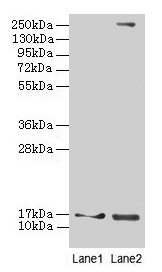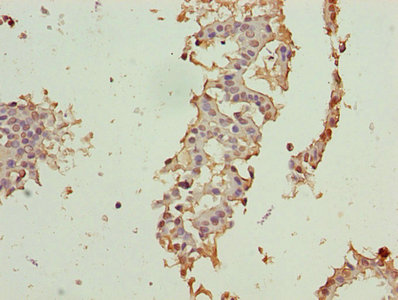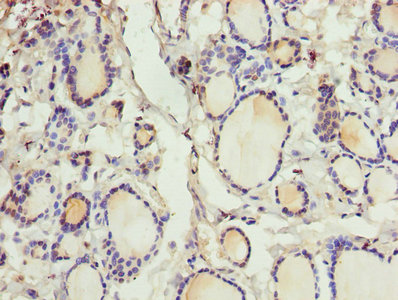The polyclonal antibody targeting CRABP1 was generated in rabbits using the recombinant human CRABP1 protein containing amino acids 2-137 as the immunogen. The antibody was then isolated and underwent protein G affinity chromatography to attain a purity level greater than 95%. Its specificity encompasses the recognition and binding of the CRABP1 protein present in human and mouse samples.
This antibody has been validated for use in ELISA, WB, and IHC assays. The main function of this CRABP1 polyclonal antibody is to detect the expression and localization of CRABP1 in various tissues and cells, thus aiding in investigating CRABP1's role in retinoid signaling and metabolism and exploring CRABP1's potential as a therapeutic target in cancer and other diseases.









